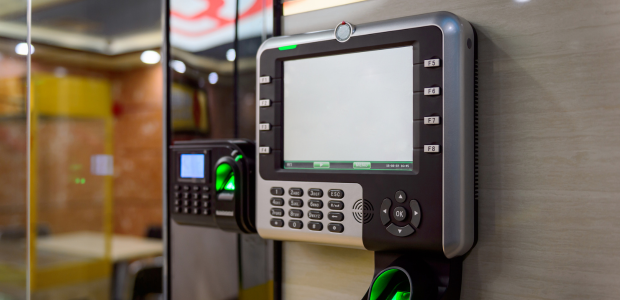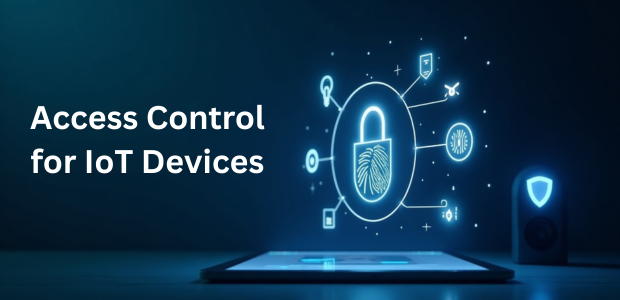Access Control Readers : What is it, How it Works and Types

- January 30, 2025
- Interface Digital
In today’s security-conscious world, managing who gets access to specific areas is crucial for ensuring the safety of people, property, and data.
Whether it's safeguarding a corporate office, a hospital, or even a residential building, access control readers play a central role in modern security systems.
But what exactly are access control readers? How do they work, and which type is right for your needs?
Let’s dive into the details to help you understand everything about them.









